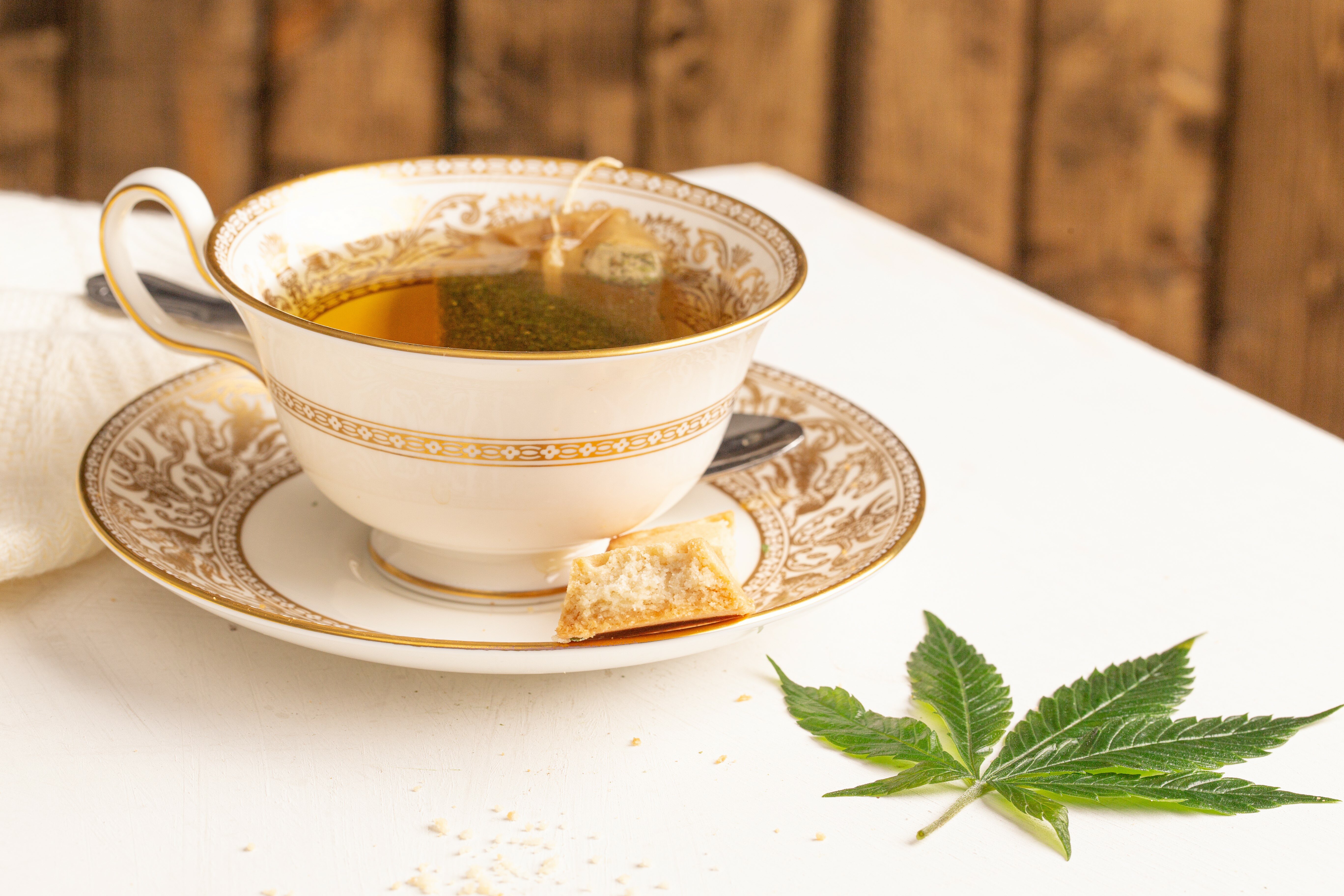Age Friendly Marketing

"A vibrant longevity economy is already developing as markets recognize the demand for products and services to meet the needs of the massive aging demographic." -- Paul Irving, Chair of the Milken Institute Center for the Future of Aging, 2020
In March 2019, a few dozen white-haired folks boarded a bus at Laguna Woods Village, a retirement community in Southern California. Where were these mostly 70- and 80-somethings, some using canes and pushing walkers, going? One might say to the happiest place on Earth, but it wasn't Disneyland, which was just a few miles away. Rather, the group was off to the Bud and Bloom marijuana dispensary in Santa Ana, where they would spend the next few hours eating a light lunch, playing a few games of bingo, and selecting their next month's supply of cannabis-infused products. "It's like the ultimate senior experience," said one of the retirees, he like the others interested in the therapeutic value of cannabis rather than its mind-altering properties.
Baby Boomers and even some of the Greatest Generation represent the fastest-growing segment of the CBD industry, finding medical marijuana to be of considerable help in chronic pain management, anxiety and sleeplessness. Some Laguna Woods Village users had been taking dozens of prescribed pills a day, many of them opiates, for their condition, but had swapped those out for an herbal gummy or chocolate bar and were pleased with the results.
A Costly Strategy
Bingo and pot were a nice mix of ingredients in the creation of what I call age-friendly marketing -- efforts by the business community that resonate with older consumers. Just as Big Business underserves people in their 50s and older by discriminating against them as workers, so does it treat them unfairly as consumers. This shouldn't come as too surprising, as ageism serves as a powerful common denominator in both the earning and spending of money. There is, in other words, a direct relationship between Corporate America's adamant refusal to hire and retain older employees and its overt snubbing of older consumers. This is not only strange, given the sound reasons not to do either, but profoundly disturbing. For better or worse, our society runs on consumer capitalism, making the exclusion of citizens in their third act of life on both ends of the process one of our nation's worst features.
Ageist marketing is all the more absurd as what is alternatively called -- "the silver surge," "the silver economy" or "the gray dollar" -- arguably represents the biggest opportunity in business for the next couple of decades. Much has been written about the value of connecting with older consumers, but marketers themselves have been reluctant to do so because of ageist thinking. "Companies tend to neglect older generations, focusing instead on Millennials and Gen Z," wrote Andrea Felsted for bloomberg.com in 2021, thinking that in the future, "such a strategy will be costly." Beyond all the myths and stereotypes surrounding older consumers, many marketers typically focus on household income versus net worth, mistakenly assuming that less money coming in means less money can go out. While there are certain differences between older consumers and younger ones -- the latter tend to spend less on fashion and beauty but more on food, travel and technology, according to the Mature Marketing Association -- way too much is made of the role of age in the marketplace.
You Can't Take It with You
Baby Boomers' transfer of wealth to their children has made headlines, but most of them are not quite ready to open their wallets. In fact, it is Boomers who are inheriting money, and a lot of it. Boomers inherited about $9 trillion between 1989 and 2016, a 2019 study by the retirement planning firm United Income found, with much of this money going toward medical bills and savings. Whatever remains of Boomers' wealth will indeed be passed on to heirs and given to charities -- a whopping $36 trillion, it is estimated -- but this will take about 30 years to happen. Until they have no more need for money -- you can't take it with you, as they say -- boomers will actively find ways to spend it.
Fortunately, as the implications of the longevity economy become ever clearer, more marketers are beginning to appreciate the opportunities being missed. Even if it is more about increasing the bottom line than doing the right thing, smarter managers at smarter organizations are recognizing that older consumers -- specifically Baby Boomers -- represent too big and wealthy a market to ignore. Because the economy is the core of American culture, age-friendly marketing is a means by which we can lessen ageism in America, a good thing for everyone.
Click the social buttons to share this story with colleagues and friends.
The opinions expressed here are the author's views and do not necessarily represent the views of MediaVillage.com/MyersBizNet.


